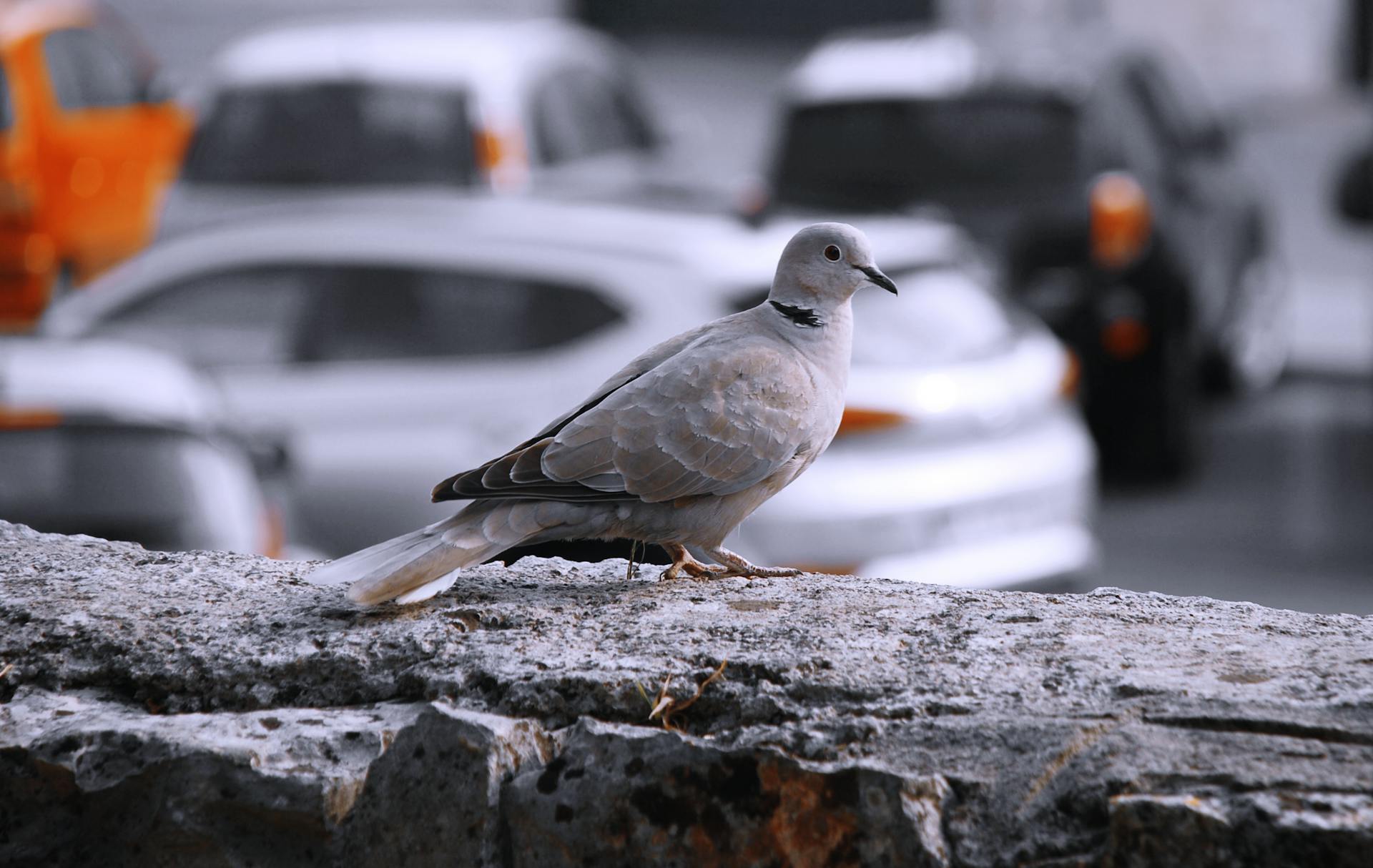
Pigeon Post has a rich history that dates back thousands of years. The earliest recorded use of pigeons for messaging was in ancient Egypt around 3000 BC.
Pigeons were highly valued for their homing ability, which allowed them to find their way back to their lofts from great distances. This made them ideal for carrying messages.
In ancient Rome, pigeon post was used extensively for military communication. Pigeons were trained to fly back to their lofts with messages attached to their legs.
The Roman Empire's use of pigeon post helped them maintain control over their vast territories.
Ancient Origins
The ancient Egyptians and Persians were some of the first to use pigeons for communication, employing them to relay important messages across vast distances by approximately 1200 BCE.
Pigeons carried the results of the Olympic Games to surrounding cities in Ancient Greece, allowing for a fast and efficient way to spread news.
The use of pigeons as messengers dates back thousands of years, with the ancient Egyptians and Persians being among the first to use them.
Roman generals released pigeons from the battlefield to notify their commanders of victories or defeats, playing a crucial role in warfare communications.
Their speed, reliability, and natural homing abilities made pigeons indispensable messengers for centuries, especially in times of war and emergency.
Carrier pigeons were used for centuries, but their contributions to history are a reminder of the ingenuity humans have used to stay connected across long distances.
19th Century Wars and Postal Service
During the 19th century, pigeons played a crucial role in modern warfare. They were used to carry microfilm messages across enemy lines during the Franco-Prussian War of 1870-1871.
Paris was besieged, and traditional communication methods were cut off, forcing the French government to rely on pigeons to maintain contact with the outside world. They were a vital lifeline during this time.
The most famous use of carrier pigeons came during World War I, where both the Allies and Central Powers relied on them for battlefield communication.
Paris

Paris was a hub for postal services during the 19th century. The city's strategic location made it a crucial stop for mail traveling between Europe and the rest of the world.
The Paris postal system was known for its efficiency, with mail being sorted and dispatched quickly. Mail coaches, like the ones used in England, were also used in Paris to transport mail between cities.
The French postal system was heavily relied upon during the Franco-Prussian War, with mail being used to communicate between troops and commanders. The Prussian army, however, was able to disrupt the French postal system, causing significant delays and disruptions.
The Paris postal system was also affected by the war, with many postal workers being drafted into the military. The city's postal service was severely understaffed, leading to a significant backlog of mail.
19th Century Wars
During the Franco-Prussian War, Paris was besieged, and traditional communication methods were cut off, leading the French government to send messages via hot air balloons and pigeons.
The pigeons carried microfilm messages across enemy lines, ensuring that important military and civilian communications continued. This was a crucial role for pigeons in modern warfare.
Pigeons were used extensively during World War I by both the Allies and Central Powers for battlefield communication.
Pigeons in Postal History
Pigeons played a significant role in postal history, especially in times of war and emergency.
Their natural homing abilities made them reliable messengers for centuries.
Their speed was also a crucial factor in their usefulness as messengers.
India
In India, pigeons played a significant role in the postal service, particularly in the state of Orissa. The Orissa police established regular pigeon posts at five locations: Cuttack, Chatrapur, Kendrapara, Sambalpur, and Denkanal.
These pigeons proved to be reliable messengers in times of emergencies and natural calamities. During the centenary celebrations of the Indian postal service in 1954, the Orissa police pigeons successfully conveyed the message of inauguration from the President of India to the Prime Minister.
The pigeons were well-maintained and trained for the task, and their services were highly valued. Although the last of the pigeon post services in the world was closed in 2008, about 150 pigeons continue to be maintained for ceremonial purposes in Cuttack and at the Police Training College in Angul.
Here's a list of some of the locations where pigeon posts were established in India:
- Cuttack
- Chatrapur
- Kendrapara
- Sambalpur
- Denkanal
Pigeons in Postal History
Pigeons have been used as messengers for centuries, and their speed, reliability, and natural homing abilities made them indispensable.
In times of war and emergency, carrier pigeons played a crucial role in communication. Their ability to navigate back to their home loft made them a reliable means of sending messages.
Carrier pigeons may have been replaced by modern postal services, but their contributions to history are still celebrated today.
Sources
Featured Images: pexels.com


